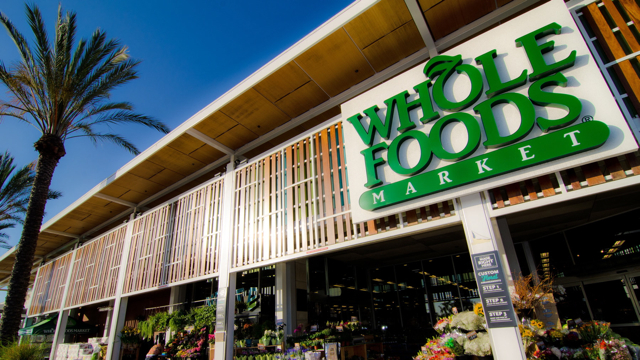Amazon’s Whole Foods Adjusts Approach With Niche Brands
September 25, 2017
With the purchase by Amazon completed, Whole Foods is moving forward on changes with its operations, evolving into a more traditional grocery store. Beginning in April, the store’s 470 locations will end the practice of allowing brands to promote their products or check on how those products are stocked and displayed. Also going by the wayside is the ability of brands to pitch products to individual stores or geographic regions, with much of the decision-making on products centralizing in its Austin, Texas headquarters.
The Wall Street Journal says the move towards centralizing operations is to make Whole Foods more efficient. A Whole Foods spokeswoman stated that, “having brand advocates in stores is distracting to employees and inefficient.” Still, a spokeswoman also said that, “local suppliers and products are crucial to the success of the company.”
Some suppliers “welcome the change,” saying that, “they expect Whole Foods to begin offering brand advocacy themselves for a fee that is similar to what they pay the third-party providers, and that this arrangement could produce better results.”
The changes are significant since “Whole Foods is unique among large retailers in the extent to which it has let representatives of lesser-known products into the stores to promote their offerings.” Brands have also educated Whole Foods employees on uses of beauty and health products. The move has led some natural food suppliers and consultants to say that, “sales of specialty products could suffer” because these specialty products require “some explanation and more marketing.”
“This is a major inflection point,” said Retail Insights president Jay Jacobowitz, whose company is a natural foods consultancy. “The product mix at Whole Foods will shrink. The niche lines will trickle out to other grocers.”
Since the Amazon purchase, Whole Foods lowered prices on eggs, milk and other key items, which was a likely factor leading to “traffic improvement.” InMarket location data shows that, “Whole Foods’ share of the U.S. grocery market jumped by upward of 16 percent week-over-week in the first three days after the Aug. 28 price cuts, but is now trending up by more-modest margins.”


No Comments Yet
You can be the first to comment!
Sorry, comments for this entry are closed at this time.